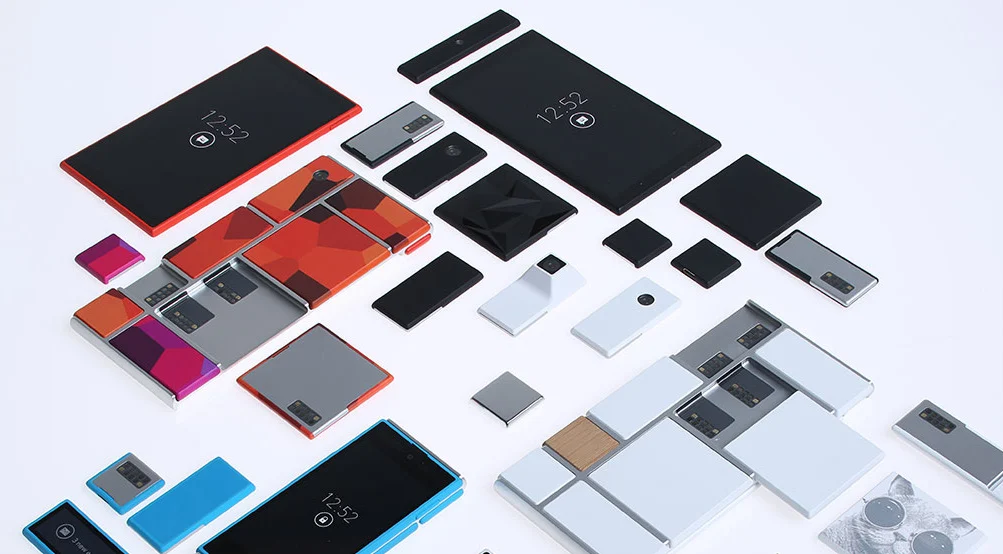Earlier this month, a technology columnist of the New York Times wrote a critical article about the industry of smartphones. Especially, he dived into the sustainability of smartphones and its priority in the industry. Spoiler: not very sustainable, not a priority.
The introduction of smartphones was a major disruption of the phone, computer and software market. Since the historical announcement of the first iPhone by Steve Jobs in 2007, smartphone producers release a line of new phones every year, gradually improving performance. Smartphones, however, are not designed to last more than two, three years. Most are hard and expensive to repair, and software and security is only supported for a finite amount of time. The main reason for this is the conflict of interests of durability of smartphones, which is coupled to sustainability, and the business model of producers. Producers want you to buy their new models every year to maximize profits.
Focused on the durability and sustainability issue, multiple startups have been founded that aim to produce modular smartphones. The idea is that broken or outdated parts can easily be replaced instead of buying a new phone, wasting rare and valuable resources. An example is Phoneblocks. This Dutch startup initiated a successful online campaign in 2013 to spread its message, after which it collaborated with Motorola (later Google). Sadly, the project was cancelled in 2016 being “too ambitious and costly to make modular phones a reality”. The project had to overcome multiple technical barriers, and the production of modular parts on a relative small scale without diverse efficient manufacturers was expensive and complex.
Another Dutch startup, however, Fairphone, proved the viability of modular phones. The company also was founded in 2013, but had never been acquired by a multinational technology company. The latest model, the Fairphone 3+, is received well by critics. While price/quality wise it is not the best phone on the market, it differentiates itself on sustainability and durability.
Yet, the modular phone can not disrupt the market without the support of the major technology manufacturers that could improve production efficiency. The current throw-away society, however, seems too profitable for them to provide this support. Due to our capitalistic society and the power of multinationals, it is doubtful whether the modular phone ever makes its way to becoming the standard.
Sources:
Chen, B. X. (2022, September 8). A Smartphone That Lasts a Decade? Yes, It’s Possible. The New York Times. Retrieved September 21, 2022, from https://www.nytimes.com/2022/09/08/technology/personaltech/smartphone-lasts-decade.html
Statt, N. (2016, September 2). Google confirms the end of its modular Project Ara smartphone. The Verge. Retrieved September 21, 2022, from https://www.theverge.com/2016/9/2/12775922/google-project-ara-modular-phone-suspended-confirm


Very interesting article and definitely relevant to think about before buying a new phone every year. I heard of the modular phone in the past but then lost track as it became clear that it was no serious alternative to the then current models one could buy. And I think that this part is the main reason why such initiatives never became successful so far: “While price/quality wise it is not the best phone on the market [..]”. The use of smartphones is very diverse nowadays and most new phones fulfill many different functionalities very well. The question is then, why buy a more expansive one with lower quality? I think sustainable is a valid driver to change certain products but this also requires that the values from functionalities etc. are also in line with the wishes from the consumers. An this I do not see with such initiatives.
Additionally, you can see that the topic of sustainability in the context of smartphones is slowly moving higher on the priority list of large manufacturers. Apple for example offers programs for exchanging an old phone for a new one with the old one then being recycled while offering a discount for the new iPhone. Also the OS versions (Android/iOS) also improve when it comes to the number of years for which the different devices will receive updates. Apple’s current iOS version makes it possible to use the iPhone 8 for another year (it is then 6 years old). Also Android phones now receive updates longer that before. This is of course depend on the consumers, whether they are willing to use a phone for such a long time but the possibility is there.
Therefore, I would say we can see a change in how the sustainability is handled by major smartphone manufacturers. It is slow, I have to agree, but I am quite convinced that it will keep changing in the future to improve the overall sustainability of the smartphone market.
Hi Niklas, thanks for sharing your thoughts! I agree with your first point. I think sustainable startups do need the support of the big players in the market to become more competitive, however, sustainability itself slowly becomes a wish of certain customers.
I have to say my column is somewhat one-sided. You give good examples of sustainable improvements. However, I think this is mostly greenwashing to gain the favour of the customer. Most people still purchase a new phone every two/three years, because the old one is broken or gets slow. Repairs are too costly compared to the benefits of a new product, and upgrades are even impossible. In the article I shared, you can find examples of how producers make repairs unnecessary costly and difficult. Phones are not designed to be easily disassembled by, for example, using glue instead of screws. Apple even uses its ‘own’ screw (although the company itself explains it is for functional purposes).
I hope that positive developments like you mentioned will continue, but as long as sustainability is not financially beneficial, I am not convinced it will go fast enough without regulation.